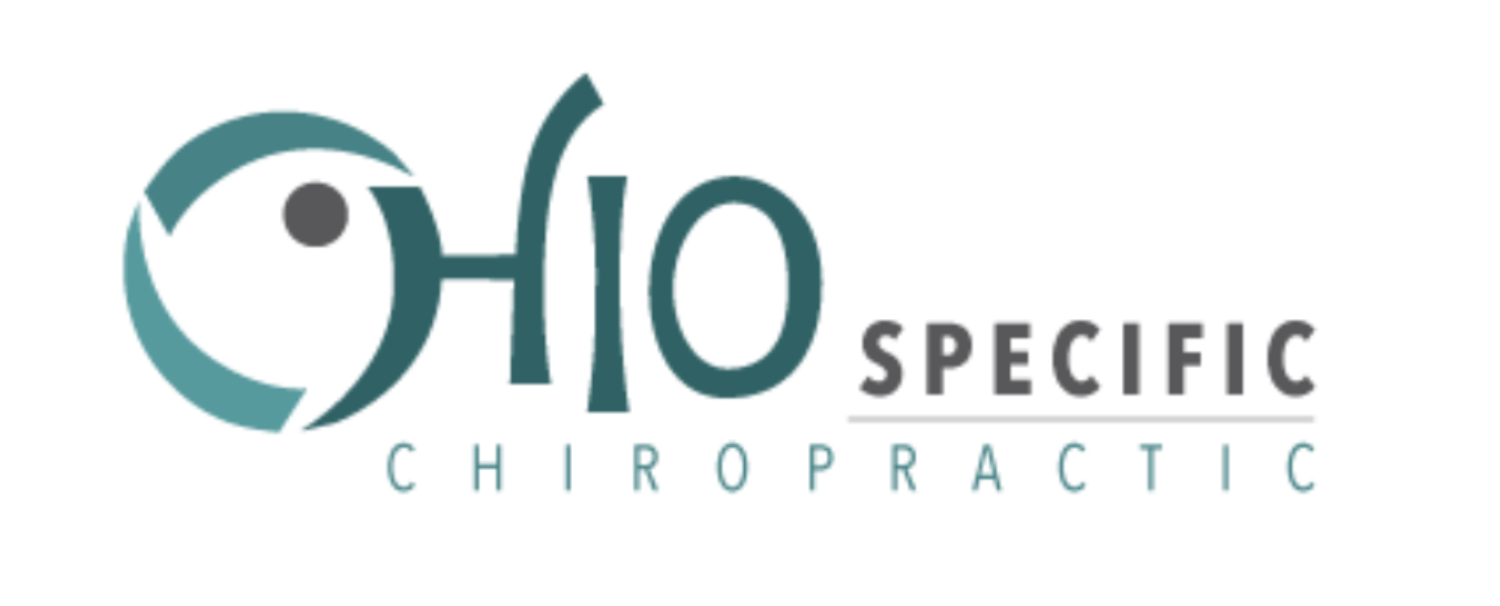Have a Short Leg? Get Your Neck Checked Out.
A short leg is often seen with an upper cervical subluxation. What is remarkable is that a specific adjustment to the upper cervical spine can balance leg lengths. While an anatomical short leg is possible, the majority are physiological. A functional cause, not a structural malformation, produces a short leg.
Upper Cervical Care focuses on the neuro-biomechanical function of the upper cervical spine and how it effects the rest of the body. When the top bones of the spine shift out of alignment, it can interfere with nerve communication. In chiropractic, this is called a vertebral subluxation.
As the bones shift and lock out of place, adjoining muscles, ligaments and connective tissues abnormally stretch. This causes the head to tilt out of balance, making the eyes uneven. A disruption in how the body communicates with the brain occurs.
The brain processes the abnormal stretch and visual distortion. It compares what should be happening in the body to what is happening in the body. If the information doesn’t match up, the brain must compensate to “right the wrong.”
The brain sends a response through nerve tracts. The vestibulospinal tract activates posture muscles of the low back, pelvis and legs. This enables the muscles to help level the head and eyes. The contraction of the postural muscles results in a short leg.
A specific adjustment can reduce muscle tension in the upper cervical spine. The eyes now have a more balanced visual perspective. The brain sends a response through nerve tracts to decrease postural muscle contractions. A correction to what caused the leg to shorten occurs. Optimal neuro-biomechanical function restores postural balance to the body.
- Jarek Esarco, DC, CACCP
Related Blogs:
The Science Behind a Short Leg and an Upper Cervical Vertebral Subluxation.
Unbalanced Spine/Head Imbalance
Brain/Body Mismatch
Neurophysiological Importance of the Upper Cervical Spine
